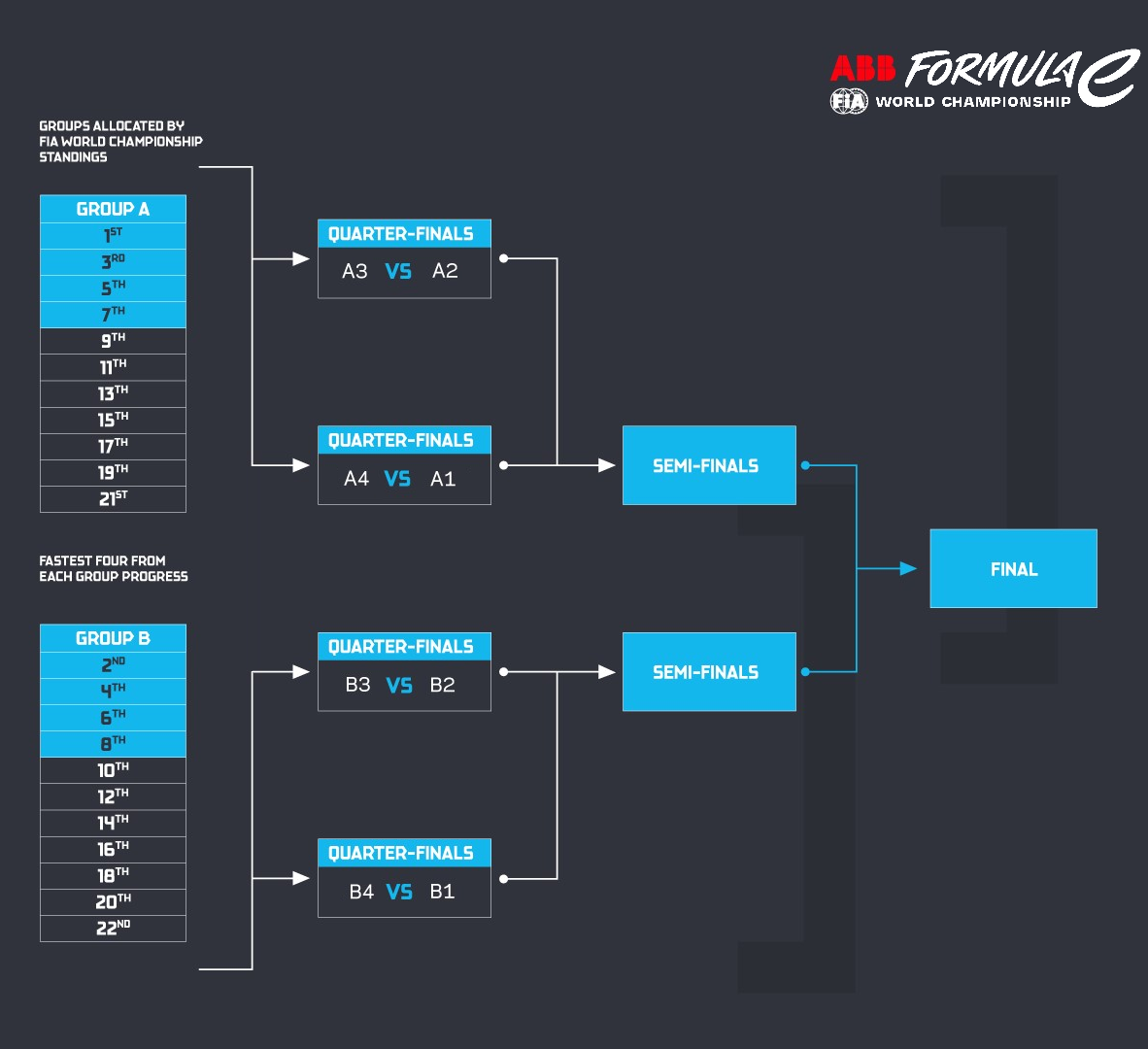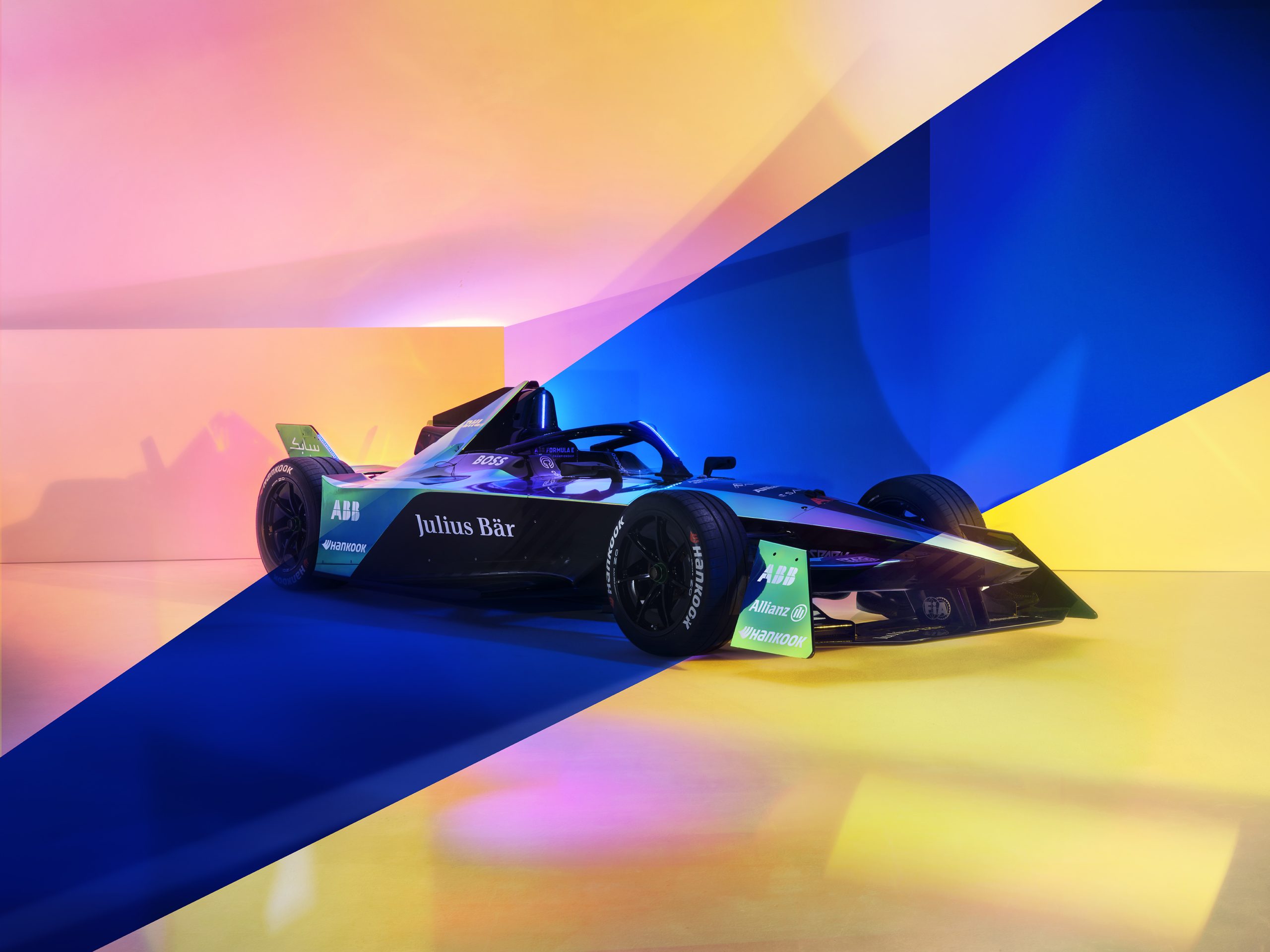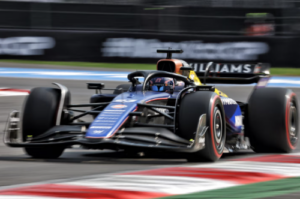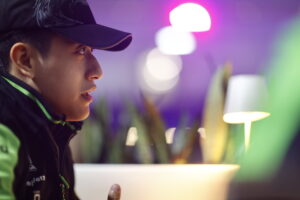2023 will usher in a new era for Formula E. From teams and drivers to the cars and the fundamental structure of an E-Prix.
You have to give Formula E credit for continually assessing and adjusting the sporting regulations to improve the series. As it continues to expand its reach globally, the Gen3 era offers the chance to fully redefine the race weekend. Formula E has met that opportunity with sweeping changes for Season 9.
1 – New Qualifying Format
Last season’s introduction of a new group and knockout qualifying format was a huge success. Last year the fastest from group one would face off against the fourth driver from group two and so on. But given Group B went second those drivers had less time in between rounds. In Season 9 drivers will match up against those in their qualifying group for the quarterfinal and semi-final rounds. This ensures that a driver from both Group A and Group B will meet in the final for pole position.

2 – Laps vs. Time
For the last few seasons, Formula E races have been 45 minutes plus one lap. In the event of safety cars, additional time was added on to the end of the race. Starting in Season 9 the series will switch over to the more traditional lap format. As cautions occur the race director will now add laps on to the end of the race to ensure the full E-Prix is run.
3 – Attack Charge
As Formula E evolves so do electric car performance and capabilities. Season 9 will see the debut of a new mobile fast charger. The new Gen3 battery can receive 4kWh of energy within 30 seconds. The series will be running the world’s most advanced electric vehicle (EV) battery, with a 600kW booster.
Attack Charge will be unlocked during select races this season on a trial basis. For the remainder of the schedule, the traditional Attack Mode will continue to be used.
4 – Pit Stops
For those trial E-Prix, the introduction (or re-introduction) of a new form of pit stop arrives in Formula E. A new mandatory 30-second stop will take place during a window in the race for drivers to activate the new ‘Attack Charge’. Once the stop is completed they will have two Attack Mode sessions to use throughout the remainder of the race. The boost each driver receives during an Attack Mode is 50 additional kW. This new element to the E-Prix will certainly create new strategic decisions and blunders from teams as they get used to the process.
5 – Goodbye FanBoost
While it’s great that Formula E continues to trial new features, it’s just as important to recognize when things don’t work out as planned. FanBoost was a novel and well-intentioned idea that ultimately had minimal impact and intrigue. Earlier this year we highlighted all the reasons FanBoost needed to be retired. And starting with Season 9 the interaction feature will be eliminated.
6 – Rookie Test Drives
One of the better additions to Formula 1 for the 2022 season was the mandatory rookie test drivers. Every team had to run at least one rookie driver (someone who had been in two or fewer Grand Prix events) in both of their cars. Starting next season Formula E will mimic that regulation. For this series, rookie drivers will be those who have never competed in a single E-Prix before. However, there are no clear designations that those two runs must be across each team’s two cars versus twice for the same driver.
7 – Gen3 Car
The most noticeable change in 2023 will be the new third-generation Formula E car. At a high level, the Gen3 car has a smaller frame, more power, and is the most efficient EV. Here are a few highlights:
- Fastest Formula E car at 200 mph / 322 kph.
- 40% of the energy used during an E-Prix is generated from braking.
- The car’s frame will be smaller than the Gen2 car and lighter, allowing for more wheel-to-wheel racing.
Your Season 9 line up so far… 👀 pic.twitter.com/NXvWRzN7ZL
— Formula E (@FIAFormulaE) November 11, 2022
8 – New Teams
The next season will feature four new teams. Two teams have taken over pre-existing organizations, McLaren for Mercedes-EQ and Maserati for ROKiT Venturi. Significant personnel from both teams will continue with these new iterations. DS has ended its partnership with Techeetah and will enter 2023 with a new collaboration with Penske. And after sitting out any involvement in Season 8, ABT returns to the series with a team powered by the Mahindra M9Electro.
At the time of writing, Techeetah has not announced a new partner or plan to enter Season 9.
9 – New Drivers
The 2023 grid will feature at least four new (or returning) drivers. Nissan will have a brand-new lineup which will include Sacha Fenestraz in his full debut season, and Norman Nato who subbed in for the Seoul E-Prix double-header at the end of Season 8 and drove for ROKiT Venturi the year before. Nico Muller returns to Formula E after a year and a half away. He drove for Dragon in the shortened 2020 season and half of the following year before turning his attention to the Deutsche Tourenwagen Masters.
Rene Rast is the first driver named to McLaren’s entry into Formula E. Rast has driven in 22 E-Prix but drove in the Deutsche Tourenwagen Masters and World Endurance Championship last season. His partner at McLaren remains the final open seat for Season 9. One of the leading candidates for this spot is Formula 2’s, Jake Hughes.
Season 9 of Formula E begins on January 14th, 2023 at the Mercedes City E-Prix.






